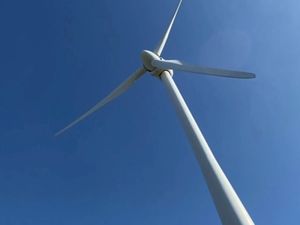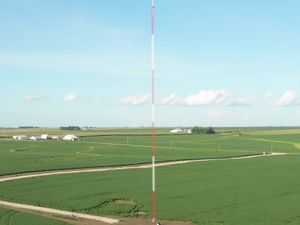‘British weather proof’ solar technology developed by scientists
Researchers claim their technology is cheaper, more energy efficient and more flexible than traditional solar panels.
Scientists claim to have developed solar power technology that can produce around 20% more energy in cloudy weather, compared to conventional solar cells.
Researchers say their co-called “British weather proof” technology is cheaper, more energy efficient and more flexible than traditional solar panels – and can convert solar energy to electricity in low light conditions.
The team believe their work, published last month in the journal Nature Energy, represents a “significant step” towards making the technology commercially viable and contributing towards global renewable energy targets.
Professor Lianzhou Wang, from the University of Queensland in Australia – who led the research, said: “Essentially, we’ve developed solar technology that is British weather proof.
“It can produce energy indoors or even when it is cloudy and wet.
“It is also printable, flexible and transparent – meaning it could be used as a skin to power next generation electric cars or applied as a film to windows on buildings and homes.”
The technology uses tiny nanoparticles – called quantum dots – that are about five billionths of a metre in size and can be put into liquid form and printed onto surfaces, where they harden to form a flexible layer.
When exposed to solar energy in a solar cell device, these quantum dots pass electrons between one another to generate electrical current.
While conventional solar cells can work under cloudy conditions, Prof Wang said quantum dot solar cells are better at producing energy because they absorb a broader spectrum of solar light compared to conventional solar cells.
He said this makes quantum dot solar cells around 20% more efficient in low-light conditions than conventional solar cells.
Prof Wang also claimed to have achieved a 25% improvement in solar cell efficiency over the previous world record.
He said: “This opens up a huge range of potential applications, including the possibility to use it as a transparent skin to power planes, homes and wearable technology.
“This new generation of quantum dots is compatible with more affordable and large-scale printable technologies.”





